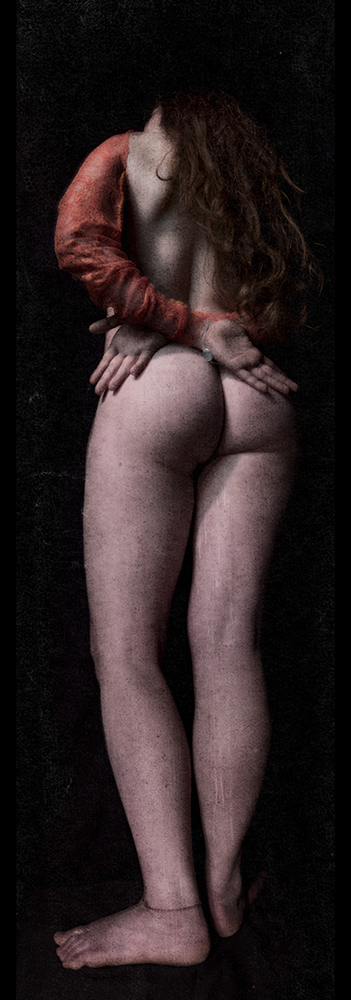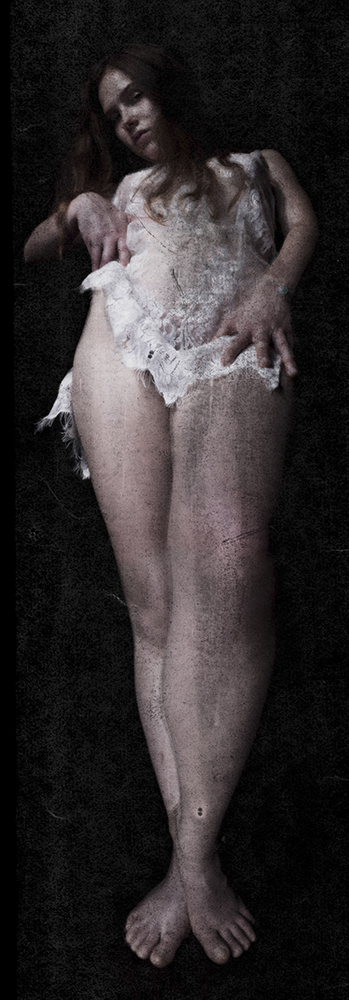The giants were photographed with a pinhole camera.
Each photo can be printed 160cm high at an accuracy of 300 dpi
We can negotiate bodies in a kind of infinity; by being so close that we can not identify them in their entirety (a bit like a space in which we are included) This is the case when we are in close contact with a person. So all the ambiguities of restitution specific to the space resurface and all the usual compromises of representation take over.
Take into account shortcuts against and against any anatomical principle (twice as close = twice as large)
To achieve this, I make pinholes myself with curved backs that are as close as possible to natural vision
I keep all the imperfections of the negative (emulsion lying on awagami paper) because the images are like bodies with all their richness of sensitive surface
amateur category
Giant (Series)
DESCRIPTION
AUTHOR
Yves Leblanc was born in Paris in 1957. He lives and works in Paris.
Passionate designer, author of books on the perception of space translated into English and Chinese, he likes to define himself as a lost scientist. He builds his cameras (pinhole), makes his photosensitive emulsions and writes his own lines of code. The body is omnipresent in its images. It denudes the photo, reduced to its simplest expression: the journey of a photon from the surface of the skin to the surface of the paper. A story of sensations, textures and time. How not to think about the look and our own way of capturing our environment.
Fundamentally self-taught, Yves Leblanc tries to get the different artistic sectors he has crossed from sculpture (Figuration critique, 1986, Paris) to the digital performances of the Fiktiva festival (Düsseldorf, 2017, NRW museum), and the photography at (Venice, a Topos - 2019).
Passionate designer, author of books on the perception of space translated into English and Chinese, he likes to define himself as a lost scientist. He builds his cameras (pinhole), makes his photosensitive emulsions and writes his own lines of code. The body is omnipresent in its images. It denudes the photo, reduced to its simplest expression: the journey of a photon from the surface of the skin to the surface of the paper. A story of sensations, textures and time. How not to think about the look and our own way of capturing our environment.
Fundamentally self-taught, Yves Leblanc tries to get the different artistic sectors he has crossed from sculpture (Figuration critique, 1986, Paris) to the digital performances of the Fiktiva festival (Düsseldorf, 2017, NRW museum), and the photography at (Venice, a Topos - 2019).
back to gallery







